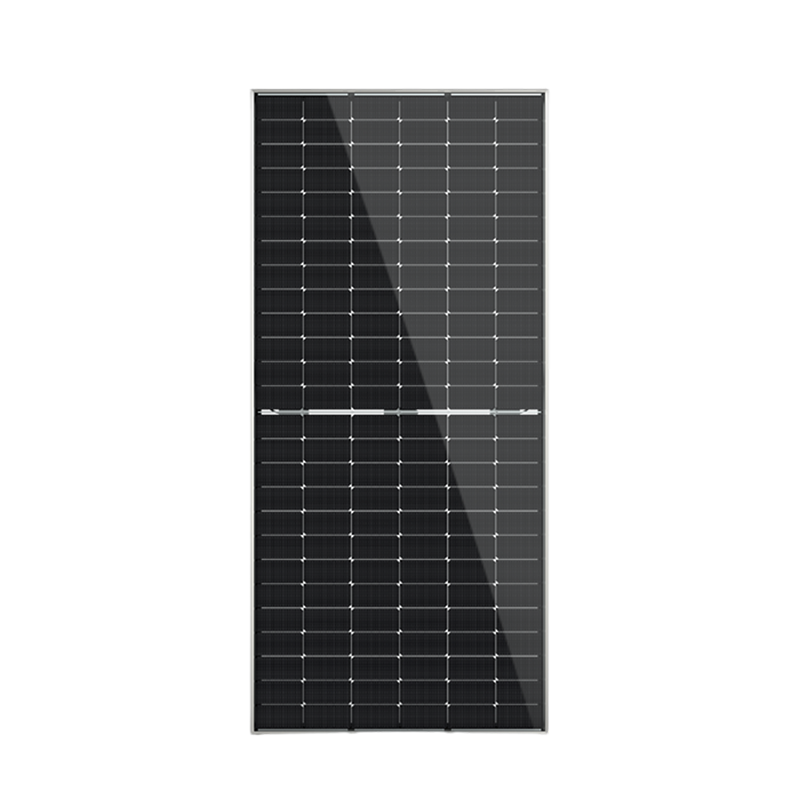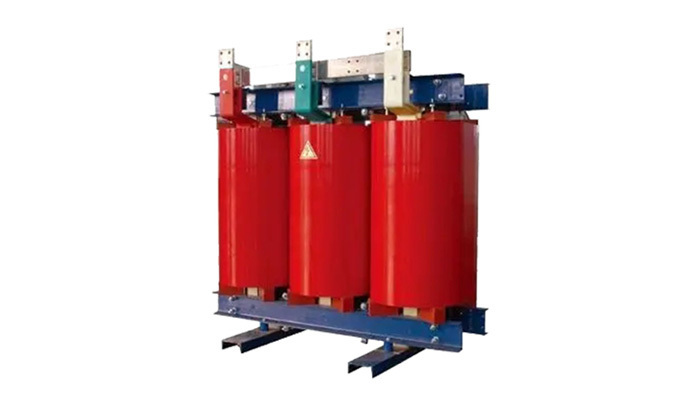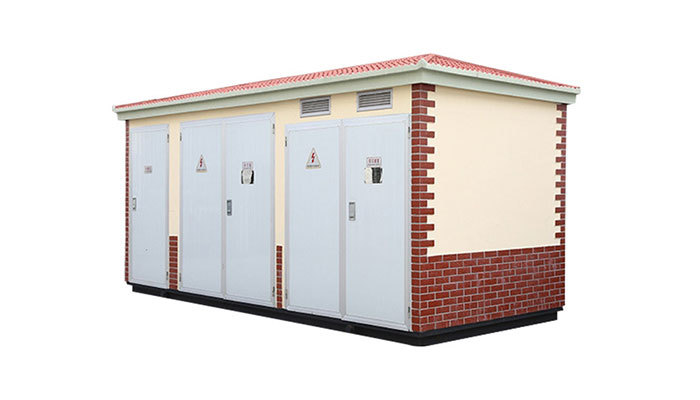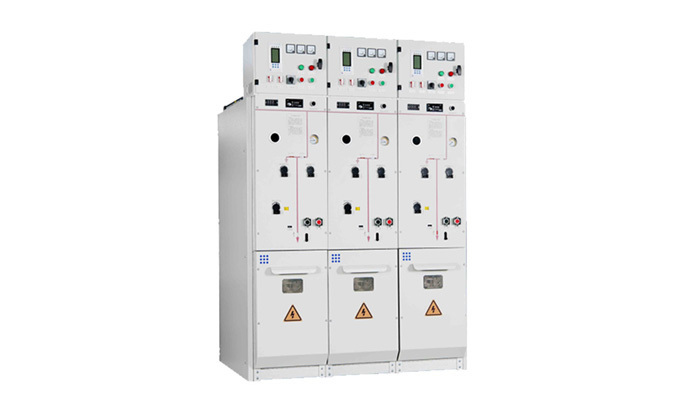How to Choose the Right Column Breaker for Your Electrical Needs
Release time:
2025-07-25
How to Choose the Right Column Breaker for Your Electrical Needs
Table of Contents
- 1. Understanding Column Breakers: An Overview
- 2. The Importance of Selecting the Right Column Breaker
- 3. Types of Column Breakers
- 4. Key Factors to Consider When Choosing a Column Breaker
- 4.1 Determining the Current Rating
- 4.2 Voltage Rating Explained
- 4.3 Understanding Tripping Curves
- 4.4 Choosing the Right Number of Poles
- 5. Applications of Column Breakers
- 6. Installation and Maintenance of Column Breakers
- 7. Conclusion
- 8. Frequently Asked Questions (FAQs)
1. Understanding Column Breakers: An Overview
Column breakers, integral components in electrical distribution systems, serve as protective devices that prevent overloads and short circuits. They act as a safeguard, automatically disconnecting electrical circuits when irregularities occur. This technology ensures that various electrical systems operate safely and efficiently, thereby protecting both equipment and users from potential harm.
2. The Importance of Selecting the Right Column Breaker
Choosing the correct column breaker is paramount for safety, reliability, and efficiency in electrical systems. An unsuitable breaker may not provide adequate protection, possibly leading to electrical fires or equipment damage. Moreover, selecting the right breaker ensures compliance with local electrical codes and standards, reducing liability and legal issues.
3. Types of Column Breakers
Understanding the various types of column breakers is essential for making an informed choice. Each type serves specific functions and applications.
3.1 Miniature Circuit Breakers (MCB)
Miniature Circuit Breakers are widely used in residential and commercial settings. They automatically shut off electrical circuits when they detect overload conditions or short circuits. MCBS are reliable, compact, and easy to install.
3.2 Residual Current Devices (RCD)
Residual Current Devices are designed to prevent electrical shocks by detecting imbalances between live and neutral wires. When a fault is detected, RCDs instantly disconnect the circuit, providing essential protection for users and equipment.
3.3 Air Breakers
Air Breakers are suitable for medium to high voltage applications. They utilize air as an insulating medium and can interrupt larger currents. These breakers are often used in industrial settings where robust protection is crucial.
4. Key Factors to Consider When Choosing a Column Breaker
To select the right column breaker, several critical factors must be taken into account:
4.1 Determining the Current Rating
The current rating defines the maximum current the breaker can handle without tripping. Assess your electrical load requirements to determine the appropriate rating. Breakers are usually available in various ratings, ensuring you can find one that suits your needs.
4.2 Voltage Rating Explained
The voltage rating is crucial for ensuring compatibility with your electrical system. Verify that the voltage rating of the breaker matches or exceeds the voltage of the circuit it will protect.
4.3 Understanding Tripping Curves
Tripping curves indicate the time it takes for a breaker to trip under varying levels of overload. These curves are essential for selecting a breaker that will protect your equipment while allowing normal operating conditions. Common curves are B, C, and D, each suited for different types of loads.
4.4 Choosing the Right Number of Poles
The number of poles indicates how many circuits the breaker can protect. Single-pole breakers are suitable for simple circuits, while multi-pole breakers are necessary for more complex systems. Ensure the number of poles aligns with your circuit requirements.
5. Applications of Column Breakers
Column breakers are utilized in a wide array of applications, from residential electrical systems to complex industrial setups. Their primary function is to protect electrical circuits, but they also play a vital role in ensuring the safety and efficiency of electrical installations. Common applications include:
- Residential buildings: Protecting lighting and power circuits.
- Commercial spaces: Safeguarding office equipment and systems.
- Industrial environments: Providing robust protection for heavy machinery.
6. Installation and Maintenance of Column Breakers
Proper installation and maintenance are crucial for the effective operation of column breakers.
- **Installation**: It is best to consult a licensed electrician for installation. Ensure that the breaker is mounted securely and properly connected to the circuit. Follow the manufacturer’s guidelines for optimal performance.
- **Maintenance**: Regular maintenance is essential for ensuring reliability. Inspect the breakers for signs of wear, arcing, or damage. Schedule periodic checks to ensure they function properly and replace any faulty units immediately.
7. Conclusion
Selecting the right column breaker is essential for maintaining electrical safety and efficiency. By understanding the types available, key factors to consider, and their applications, we can ensure that our electrical systems remain reliable. Prioritizing appropriate current and voltage ratings, tripping curves, and installation practices will safeguard our electrical installations effectively.
8. Frequently Asked Questions (FAQs)
What is the primary purpose of a column breaker?
The main purpose of a column breaker is to protect electrical circuits from overloads and short circuits, ensuring safety and preventing damage to electrical equipment.
How do I know the right current rating for my column breaker?
To determine the right current rating, assess your electrical load requirements. Consider the maximum current your circuit will draw during peak usage.
Can I install a column breaker myself?
While it is possible to install a column breaker yourself, it is highly recommended to seek the assistance of a licensed electrician to ensure proper installation and safety compliance.
What are the consequences of using an undersized column breaker?
Using an undersized column breaker can result in frequent tripping, leading to inconvenience and potential damage to electrical devices due to inadequate protection.
How often should I inspect my column breakers?
It is advisable to inspect your column breakers at least once a year to ensure optimal functioning and to identify any signs of wear or damage that may require attention.
Latest information
Get a Free Consultancy
If you have any suggestions, please leave a message or send an email to us.

















